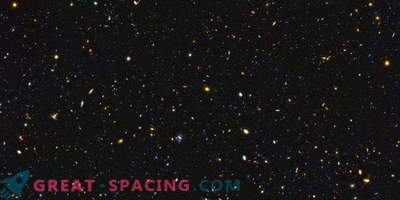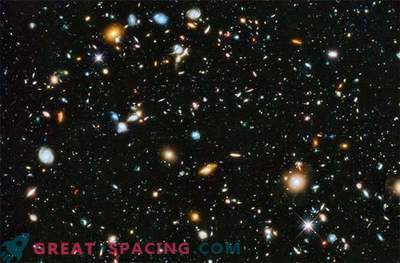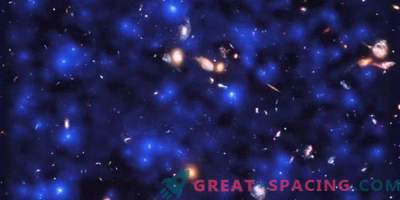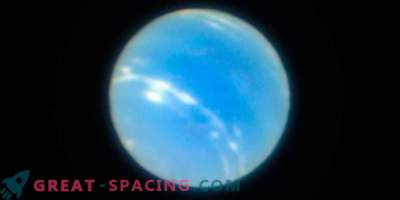
The 1995 Hubble Deep Field allowed astronomers to look at the early Universe for the first time. This first snapshot was followed by an even deeper one from 2004. Both images are made in visible light. But researchers are also interested in the forms of invisible light in space. Therefore, the Hubble Ultradeep Field was later observed in the IR and UV ranges, allowing you to get even more data about the Universe and immerse yourself in the past.
Not everyone knows that these reviews were not the only inspections of a distant universe from Hubble. The space telescope is also included in the GOODS program, which combines extremely deep observations from several space telescopes: Spitzer and Chandra (NASA), Herschel and XMM-Newton (ESA), and Hubble. Together, these observatories monitor two spots of sky (north and south) in order to study the maximum number of different wavelengths. The new image shows the northern field, which contains the Hubble data on UV wavelengths. The terrestrial atmosphere filters out most of the UV rays, so that such surveys are conducted only from space.
The Hubble HDUV observation program used a UV image of a wide-angle camera 3. The study is expanded and based on previous information from the CANDELS-Deep telescope. This mosaic is 14 times the area of the Ultradeep Field, released in 2014.











































